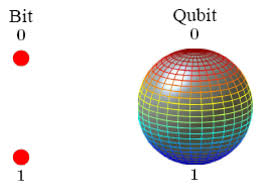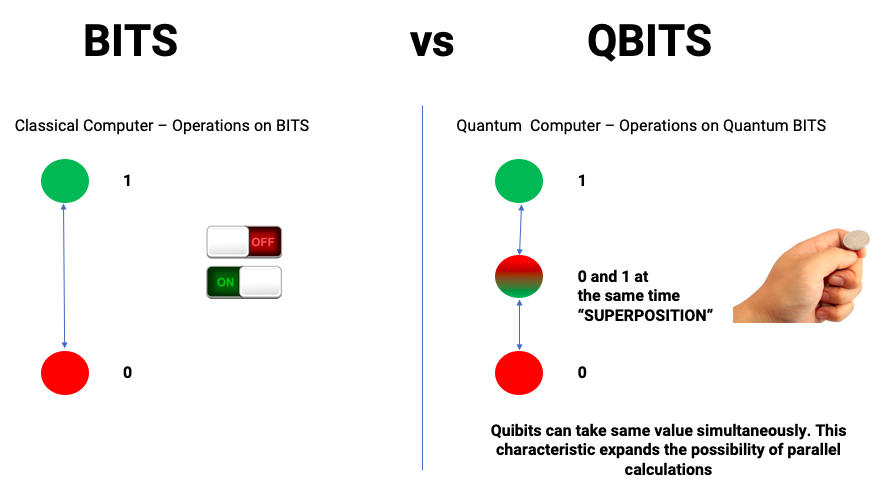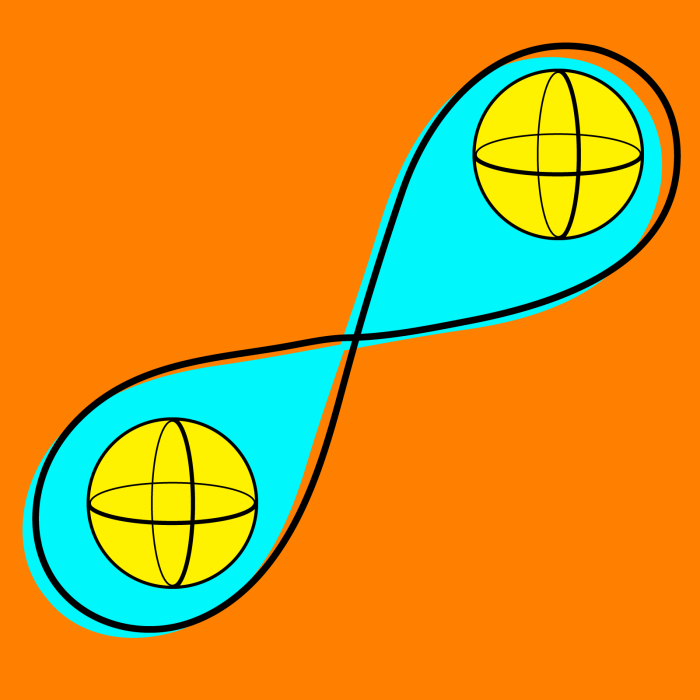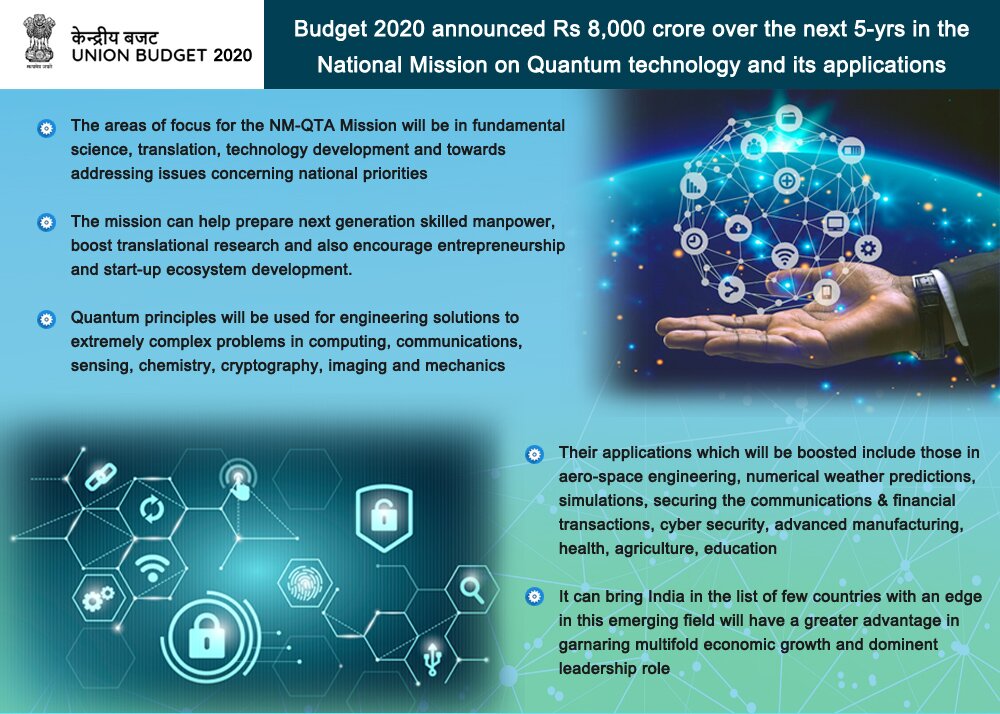Science & Technology
Quantum Technology
- 11 Jan 2021
- 7 min read
Why in News
The detailed project report for a National Mission on Quantum Technology and Applications (NMQTA) has been drawn out and finalised.
- Union Budget 2020-21 proposed to spend Rs 8,000 crore on the newly launched NMQTA.
- In 2018, the Department of Science & Technology unveiled a programme called Quantum-Enabled Science & Technology (QuEST) and committed to investing Rs. 80 crore over the next three years to accelerate research.
- The mission seeks to develop quantum computing linked technologies amidst the second quantum revolution and make India the world’s third-biggest nation in the sector after the US and China.
Key Points
- About Quantum Technology/Computing:
- Quantum Technology is based on the principles of Quantum mechanics that was developed in the early 20th century to describe nature at the scale of atoms and elementary particles.
- The first phase of this revolutionary technology has provided the foundations of our understanding of the physical world, including the interaction of light and matter, and led to ubiquitous inventions such as lasers and semiconductor transistors.
- A second revolution is currently underway with the goal of putting properties of quantum mechanics in the realms of computing.
- Difference Between Conventional and Quantum Computing:
- Conventional computers process information in ‘bits’ or 1s and 0s, following classical physics under which our computers can process a ‘1’ or a ‘0’ at a time.
- Quantum computers compute in ‘qubits’ (or quantum bits). They exploit the properties of quantum mechanics, the science that governs how matter behaves on the atomic scale.
- In this scheme of things, processors can be a 1 and a 0 simultaneously, a state called quantum superposition.
- Because of quantum superposition, a quantum computer — if it works to plan — can mimic several classical computers working in parallel.

- Properties of Quantum Computing:
- The basic properties of quantum computing are superposition, entanglement, and interference.
- Superposition:
- It is the ability of a quantum system to be in multiple states simultaneously.
- The example of superposition is the flip of a coin, which consistently lands as heads or tails—a very binary concept. However, when that coin is in mid-air, it is both heads and tails and until it lands, heads and tails simultaneously. Before measurement, the electron exists in quantum superposition.

- Entanglement:
- It means the two members of a pair (Qubits) exist in a single quantum state. Changing the state of one of the qubits will instantaneously change the state of the other one in a predictable way. This happens even if they are separated by very long distances.
- Einstein called spooky ‘action at a distance’.

- Interference:
- Quantum interference states that elementary particles(Qubits) can not only be in more than one place at any given time (through superposition), but that an individual particle, such as a photon (light particles) can cross its own trajectory and interfere with the direction of its path.
- Superposition:
- The basic properties of quantum computing are superposition, entanglement, and interference.
- Applications of Quantum Technology:
- Secure Communication:
- China recently demonstrated secure quantum communication links between terrestrial stations and satellites.
- This area is significant to satellites, military and cyber security among others as it promises unimaginably fast computing and safe, unhackable satellite communication to its users.
- Research:
- It can help in solving some of the fundamental questions in physics related to gravity, black hole etc.
- Similarly, the quantum initiative could give a big boost to the Genome India project, a collaborative effort of 20 institutions to enable new efficiencies in life sciences, agriculture and medicine.
- Disaster Management:
- Tsunamis, drought, earthquakes and floods may become more predictable with quantum applications.
- The collection of data regarding climate change can be streamlined in a better way through quantum technology.
- Pharmaceutical:
- Quantum computing could reduce the time frame of the discovery of new molecules and related processes to a few days from the present 10-year slog that scientists put in.
- Augmenting Industrial revolution 4.0:
- Quantum computing is an integral part of Industrial revolution 4.0.
- Success in it will help in Strategic initiatives aimed at leveraging other Industrial revolution 4.0 technologies like the Internet-of-Things, machine learning, robotics, and artificial intelligence across sectors will further help in laying the foundation of the Knowledge economy.
- Secure Communication:
- Challenges Associated with Quantum Computing:
- The dark side of quantum computing is the disruptive effect that it can have on cryptographic encryption, which secures communications and computers.
- It might pose a challenge for the government also because if this technology goes into wrong hands, all the government’s official and confidential data will be at a risk of being hacked and misused.
Way Forward
- Long after the birth of social media and artificial intelligence, there are now demands to regulate them. It would be prudent to develop a regulatory framework for quantum computing before it becomes widely available.
- It will be better to regulate it or define the limits of its legitimate use, nationally and internationally before the problem gets out of hand like nuclear technology.





